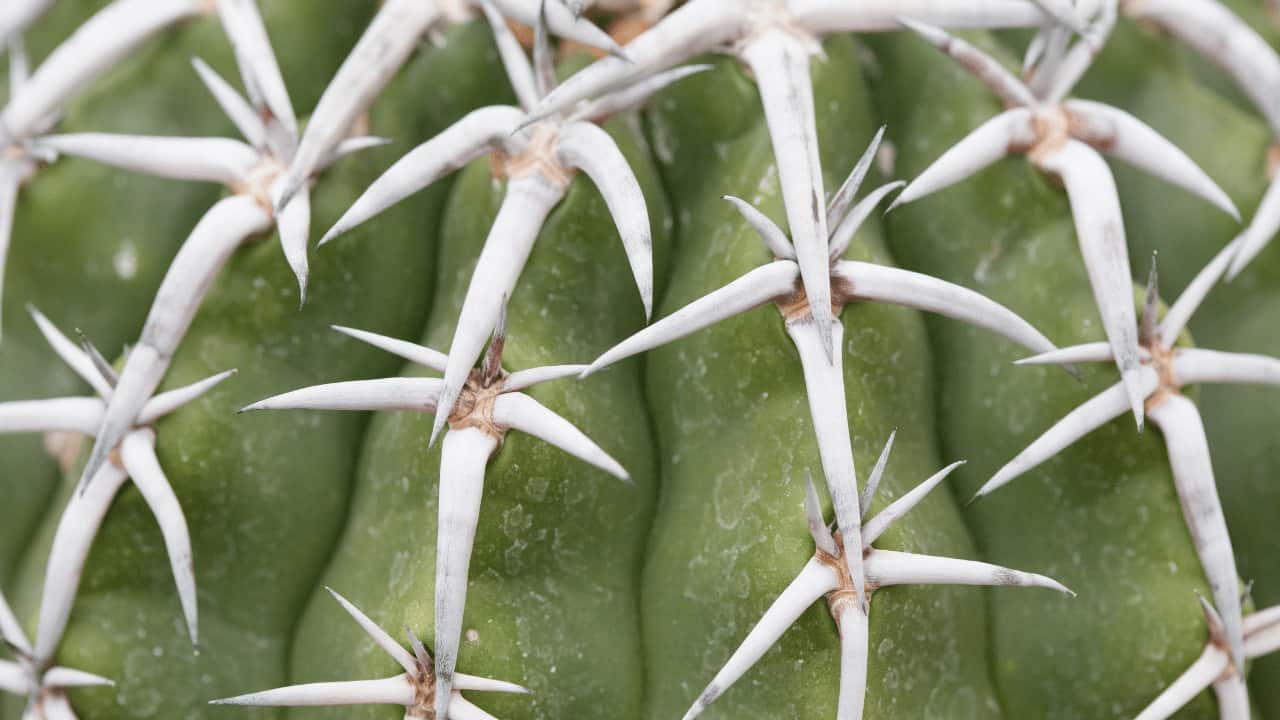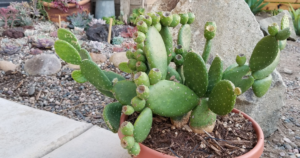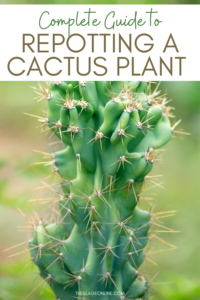White patches on cacti are an observable phenomenon that often raises questions among plant enthusiasts. These perplexing spots can manifest in various ways, leading to a range of concerns about the health of your cactus. Understanding the underlying causes of these white marks is crucial for effective treatment and prevention. In this comprehensive guide, we will delve into the common diseases associated with white patches on cacti and provide detailed strategies for care and maintenance.
The allure of cacti often lies in their resilience and adaptability, yet they constitute a diverse range of species that can be susceptible to specific ailments. The appearance of white patches can suggest a plethora of issues, varying from pests to fungal infections. To foster a deeper connection and knowledge about these captivating plants, let’s explore the complexities surrounding white patches on cacti.
Common Causes of White Patches on Cacti
Understanding the source of white patches is paramount for ensuring the healthy growth of your cactus. While many people may instinctively assume it is a sign of disease, several factors can contribute to the emergence of these unsightly marks.
Pest Infestation: The Unseen Threat
Among the most common culprits of white patches are pests, particularly mealybugs and scale insects. These tiny interlopers feed on the sap of the cactus, leaving behind a white, cottony residue. Mealybugs in particular are notorious for their waxy coating, which serves as both armor and a means of reproduction. Aside from the aesthetic displeasure they inflict, infestations can significantly weaken the plant, leading to stunted growth and even death if left unchecked. Regular inspection of your cactus can help in early detection, and removing mealybugs can often be accomplished with a gentle stream of water or a cotton swab dipped in alcohol.
Powdery Mildew: A Fungal Foe
Another frequent offender is powdery mildew, a fungal disease characterized by white, powdery spots on the surface of the cactus. This fungus thrives in conditions of high humidity and insufficient airflow. It often appears during cooler months or in overly moist environments. Beyond its unsightly appearance, powdery mildew can disrupt the plant’s photosynthesis process, leading to further complications in nutrient absorption. To combat this, ensure that your cactus resides in well-ventilated areas, and consider employing fungicidal sprays specifically designed for cacti to curb the spread of infection.
General Environmental Stressors
In addition to pest and fungal issues, white patches may emerge due to environmental stressors, such as overwatering. While cacti are known for thriving in arid conditions, excessive moisture can lead to a condition known as “blossom-end rot,” where the tissues of the plant become discolored and necrotic. This scenario can present itself as white, crusty patches. To remedy this, adjust your watering schedule, allowing the soil to dry out thoroughly between watering sessions, thereby mimicking the plant’s natural arid habitat.
Diagnosis: Spotting the Signs
Diagnosing the exact cause of white patches on cacti requires careful observation and hermeneutics of visual cues. If you notice small, fuzzy white spots, mealybugs are likely behind the issue. Conversely, if the appearance resembles a fine powder, powdery mildew may be implicated. Environmental factors typically result in discolored patches accompanied by signs of wilting or soft tissues. Thoroughly examining your cactus under proper lighting conditions can facilitate effective diagnosis.
Effective Treatment Options
Once the diagnosis has been established, appropriate measures must be taken to treat the afflicted cactus and restore its vibrancy.
Mechanical Removal
For pests like mealybugs, manual removal is often the most effective initial strategy. Use a soft brush to gently dislodge visible insects, followed by a cotton swab dipped in rubbing alcohol applied to the infested areas. This method not only eradicates the bugs but also hinders their reproductive capabilities.
Fungicidal Intervention
If powdery mildew is the offender, applying a fungicide may be warranted. Choose a product specifically labeled for use on cacti to ensure safety. Follow the specifications for application frequency and dosage. Moreover, enhance airflow around the cactus by placing it in a less congested environment.
Preventive Measures: Shielding Your Cactus
Prevention is often the best strategy when it comes to cactus care. Regularly monitor the plant’s health, inspect for pests, and ensure that your cactus is in optimal conditions. Proper spacing and light exposure can deter the onset of fungal diseases, while maintaining a consistent watering routine can bolster resistance to environmental stressors.
Conclusion: The Beauty of Cactus Care
While the presence of white patches on cacti can initially evoke concern, understanding the underlying causes empowers enthusiasts to take decisive action. With the right knowledge and tools, these charming plants can thrive despite the challenges they may face. Recognizing the complexities of cactus care not only cultivates a sense of responsibility but also deepens appreciation for their resilience. The interplay between beauty and fragility in cacti invites a more profound exploration of these remarkable succulents, fostering a bond that transcends mere plant ownership.





Leave a Comment